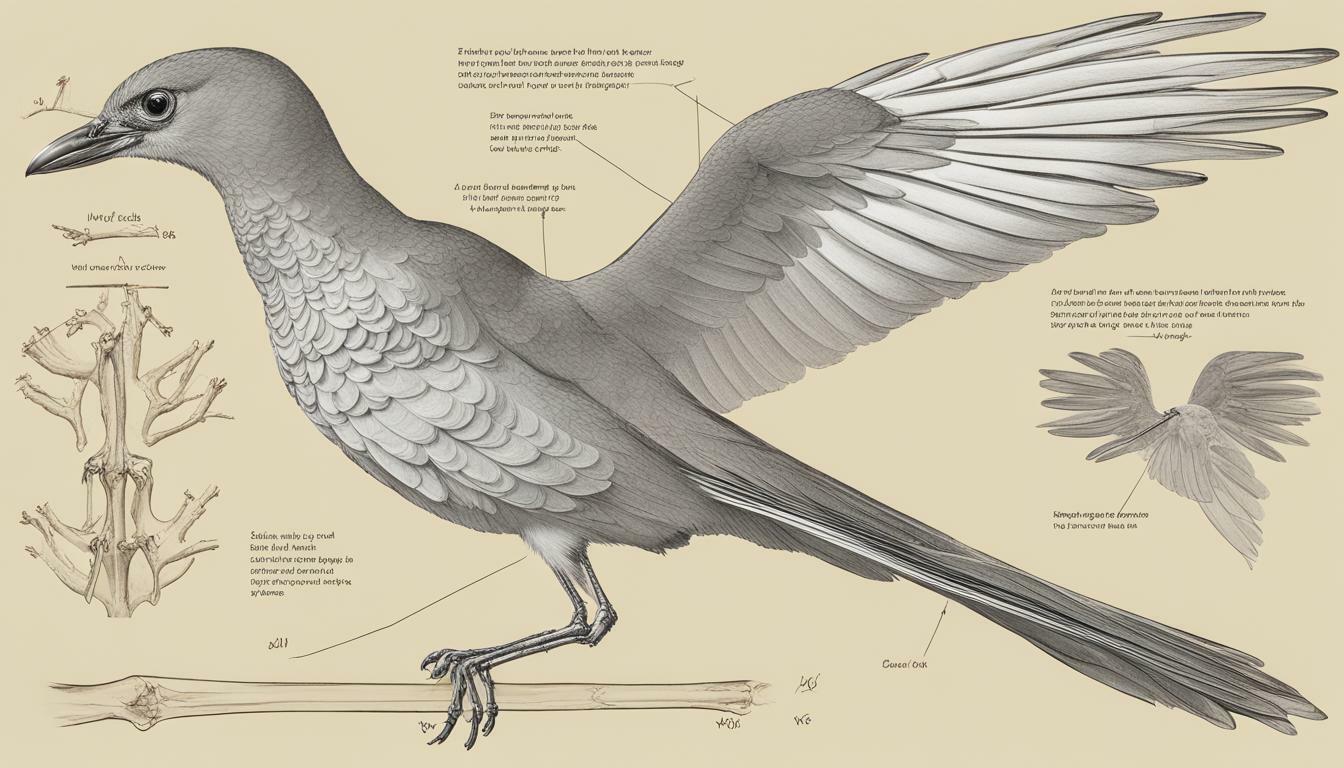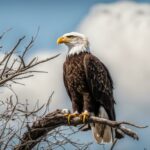Understanding Avian Limb Structure
As you begin to explore the incredible world of birds, it is essential to understand their unique physical characteristics, including their limb structure. A bird’s limb structure is remarkable in its complexity and functionality, providing them with the ability to fly, hop, and walk with ease. By examining the skeletal framework and joint adaptations, we can gain a deeper understanding of how birds’ limbs function and their potential capabilities.
The bird limb structure consists of bones that are fused together and modified to form a highly efficient structure. The wings are the primary adaptation that sets birds apart from other animals, consisting of three major bones: the humerus, radius, and ulna. These bones have undergone significant modifications to allow for flight, such as the fusion of the radius and ulna, resulting in a single bone called the radio-ulna.
Bird legs are another adaptation that provides them with the ability to move quickly and efficiently on land. A bird’s legs consist of a femur, tibiotarsus, and tarsometatarsus. The tibiotarsus is the longest bone in a bird’s leg and helps to provide support and stability. The tarsometatarsus is a unique bone found only in birds and is formed by the fusion of several bones. This bone plays a crucial role in balancing the bird’s weight and providing a stable platform for walking or perching.
Overall, the bird limb structure is incredibly unique and unlike any other animal on the planet. Birds’ limbs have evolved over time to provide them with the ability to fly, hop, walk, and run with ease, making them one of the most adaptable and versatile groups of animals on earth.
Counting Avian Limbs: Legs and Wings
Now that we have a better understanding of avian limb structure and characteristics, let’s take a closer look at the limbs birds possess. Birds have four limbs, just like most other tetrapods, which are animals with four limbs. However, the forelimbs of birds have evolved into wings, making them unique among tetrapods.
The Legs
The legs of birds are specialized for a variety of behaviors, such as perching, walking, and swimming. The skeletal structure of bird legs is highly adapted for flight, as they are lightweight yet strong. The femur, tibia, and fibula are fused together, creating a rigid structure that provides support for the bird’s body.
At the joint between the femur and tibia, birds have a specialized bone called the intertarsal joint, which allows for greater range of motion than most other animals. Additionally, birds have a unique bone called the tarsometatarsus, which is the fusion of several bones in the foot. This structure acts as a shock absorber when the bird lands, allowing for smooth landings and takeoffs.
The Wings
The forelimbs of birds have evolved into wings, which are the key to their ability to fly. The bones in the wing are highly modified, with a strong emphasis on reduced weight to aid in flight. The humerus, for example, is shorter and wider than that of other tetrapods, while the radius and ulna have fused together to create a single bone that is lighter and stronger than the separate bones of other tetrapods.
The structure of the bird wing also includes feathers, which are essential for flight. The primary feathers, located at the end of the wing, are the largest and provide the most lift. The secondary feathers are attached to the forearm and help to stabilize the wing during flight.
Overall, the legs and wings of birds are highly specialized structures that have evolved to meet the unique needs of birds in their habitats. Understanding these adaptations can help us gain a greater appreciation for the remarkable abilities of birds.
The Adaptation and Evolution of Avian Limbs
Avian limb adaptation and evolution have enabled birds to thrive in their diverse habitats. The evolution of wings has been a crucial adaptation that has allowed birds to take to the skies and has facilitated their widespread distribution around the world.
The development of wings in birds occurred over millions of years through a process of natural selection. The first birds are believed to have had wings without feathers, which eventually evolved into the feathered wings we know today.
Feathers are a critical component of avian limbs and play a significant role in their adaptation. They provide insulation, streamline the body, and aid in flight. The shape, size, and orientation of feathers differ between bird species, depending on their habitat and lifestyle.
The limbs of birds have also undergone significant changes in structure and function, depending on their environment and lifestyle. For example, birds that spend most of their time in water, such as penguins, have evolved limbs adapted for swimming, with flattened wings that act as flippers and powerful legs that propel them through the water.
Another example is the adaptation of bird limbs for perching. Birds that live in trees have evolved specialized feet with strong tendons that can lock their toes around branches, allowing them to rest or hang upside down with ease. Raptors, on the other hand, have strong legs and feet that are adapted for grasping and killing prey.
In summary, the adaptation and evolution of avian limbs have allowed birds to thrive in their various environments and habitats. From the development of wings to the specialized adaptations of legs and feet, each aspect of bird limb structure and function has undergone a long process of natural selection, resulting in the incredible diversity of bird species we see today.
Conclusion
After exploring the structure, characteristics, and evolution of avian limbs, it is clear that birds indeed have four limbs consisting of two legs and two wings. Although their limb structure may differ from mammals and other animals, birds have adapted their limbs to suit their unique needs and environments.
The skeletal framework and joint adaptations of bird limbs allow for efficient movement and maneuverability in the air and on the ground. The adaptations of bird legs and wings have also allowed them to fulfill a variety of functions, from running and swimming to soaring and hovering.
Through the process of evolution, bird limbs have adapted to meet the needs of different species in diverse environments, resulting in a wide range of limb structures and capabilities. From the powerful wings of eagles to the long legs of ostriches, the versatility of avian limbs is truly remarkable.
In conclusion, by gaining a deeper understanding of avian limb structure and evolution, we can appreciate the incredible adaptations that have allowed birds to thrive in their habitats. So, the answer is clear – birds do have four limbs!
Do Birds Have Arms as Part of Their Limbs?
Birds and their fascinating appendages are a wonder to behold. While birds have limbs, they do not possess arms as part of their physical structure. Instead, their wings serve as their primary appendages, enabling them to soar through the skies with grace and agility. These wings are specially adapted for flight, allowing birds to navigate and conquer the air in ways that remain awe-inspiring.
FAQ
Q: What is the structure of bird limbs?
A: Bird limbs consist of a skeletal framework composed of bones and joints. The bones are lightweight and hollow, reducing the overall weight of the limb and allowing for efficient flight. The structure of bird limbs is designed to provide strength, flexibility, and aerodynamic capabilities.
Q: How are bird legs and wings different in structure and purpose?
A: Bird legs are primarily used for walking, perching, and grasping objects, while wings are specialized for flight. Bird legs typically have longer and stronger bones compared to wings, which are modified forelimbs. Wings have a unique structure with primary flight feathers that provide lift and control during flight.
Q: How have avian limbs adapted and evolved over time?
A: Avian limbs have evolved to suit different environments and lifestyles. The development of wings allowed birds to take to the skies and exploit new food sources and habitats. Adaptations in limb structure, such as changes in bone density and shape, have enabled birds to optimize their flight capabilities and perform intricate maneuvers.
Q: Do birds have four limbs?
A: Yes, birds have four limbs consisting of two legs and two wings. While the wings are specialized for flight, they are considered limbs. The legs are used for walking and perching, and the wings provide the ability to fly.











